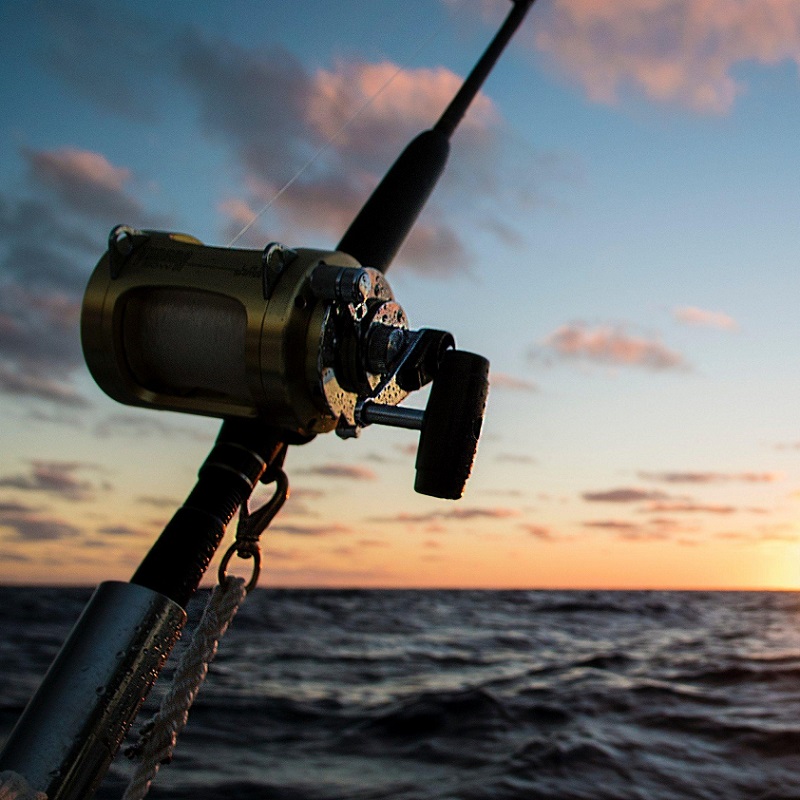The Importance of a Proper Saltwater Fishing Pole Setup
When it comes to saltwater fishing, the equipment you choose can make all the difference. Thus, a well-constructed saltwater fishing pole setup is crucial for achieving success on the water. Whether you’re after trophy fish or simply looking for a fun day by the ocean, having the right gear will undoubtedly enhance your experience and increase your chances of a big catch.
In this article, we will guide you through the essentials of setting up your saltwater fishing pole. Furthermore, we’ll discuss the various components you’ll need, tips for selecting the right gear, and step-by-step instructions to ensure you are fully prepared for your fishing adventure. By the end, you will be ready to tackle the waves with confidence!
Understanding Saltwater Fishing Poles
Types of Saltwater Fishing Poles
Before you can set up your fishing pole, it’s essential to understand the different types available. Here are some common options you might consider:
- Spinning Rods: Generally speaking, these rods are versatile and user-friendly. As a result, they are ideal for most anglers, particularly effective for casting lighter baits.
- Conventional Rods: In contrast, these rods are designed for heavier fishing and excel in deep-sea setups. Consequently, they provide the strength needed for larger species of fish.
- Surf Rods: Specifically, surf rods are longer and more robust, designed for fishing from the beach. Thus, they allow for long-distance casting to reach fish beyond the shoreline.
Choosing the right type of saltwater fishing pole depends on your fishing style, target species, and location. Importantly, understanding these factors is vital for ensuring that your setup will handle the conditions you face.
Rod Length and Power
When selecting a saltwater fishing pole, you should also consider both rod length and power.
- Length: Typically, longer rods provide better casting distance and leverage, while shorter rods offer more accuracy and control. A common range for saltwater fishing rods is between 6 to 12 feet.
- Power Rating: The power of a rod, which ranges from light to heavy, indicates its strength. For example, choose a rod that matches the species you’re targeting. Use a heavier rod for big fish, such as marlin or shark, while a lighter rod suffices for species like trout or redfish.
In summary, understanding rod length and power will help you make a decision that optimizes your fishing experience.
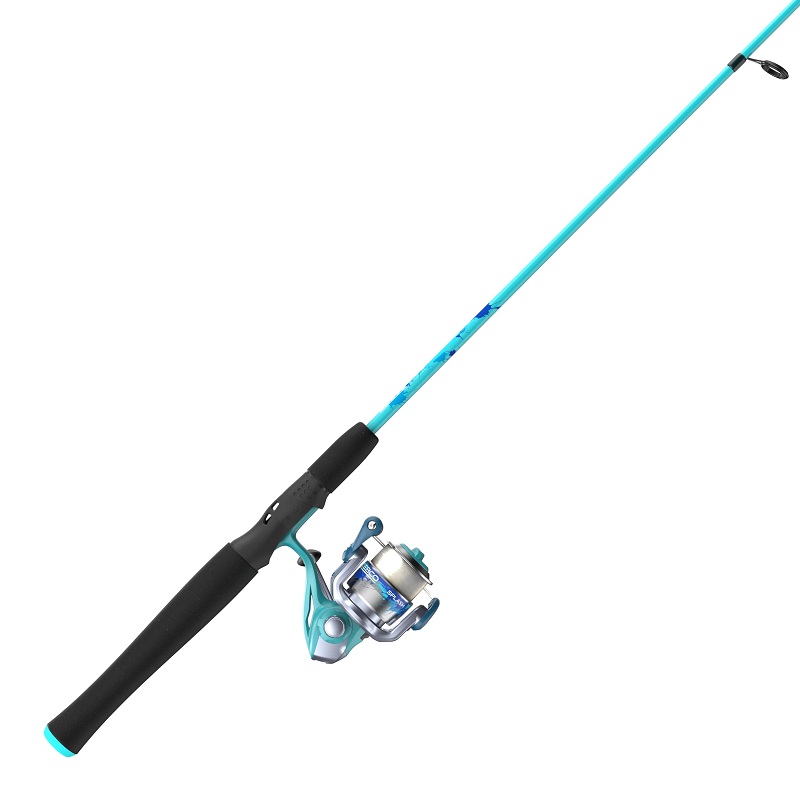
Picking the Right Reel
Spinning vs. Baitcasting Reels
The reel is another essential component of your saltwater fishing pole setup. Thus, choosing between a spinning reel and a baitcasting reel depends on your fishing techniques and personal preferences.
- Spinning Reels: Ideal for beginners, spinning reels are easy to use and can effectively handle light to medium baits. Moreover, they perform well in windy conditions, making them quite versatile.
- Baitcasting Reels: Furthermore, these reels allow for greater control and precision in casting, making them suitable for targeting larger fish. However, they require more skill and practice to use effectively.
Selecting the Proper Gear Ratio
The gear ratio, which measures how many times the spool rotates with one turn of the handle, significantly influences the speed of line retrieval.
- Lower Ratios (3:1 to 5:1): Suitable for larger species, these lower ratios provide more torque for heavy loads.
- Higher Ratios (6:1 and above): In contrast, higher ratios accommodate faster retrieves, making them ideal for quick strikes and active fish.
Thus, selecting the right reel is essential for ensuring the efficiency and effectiveness of your saltwater fishing pole setup.
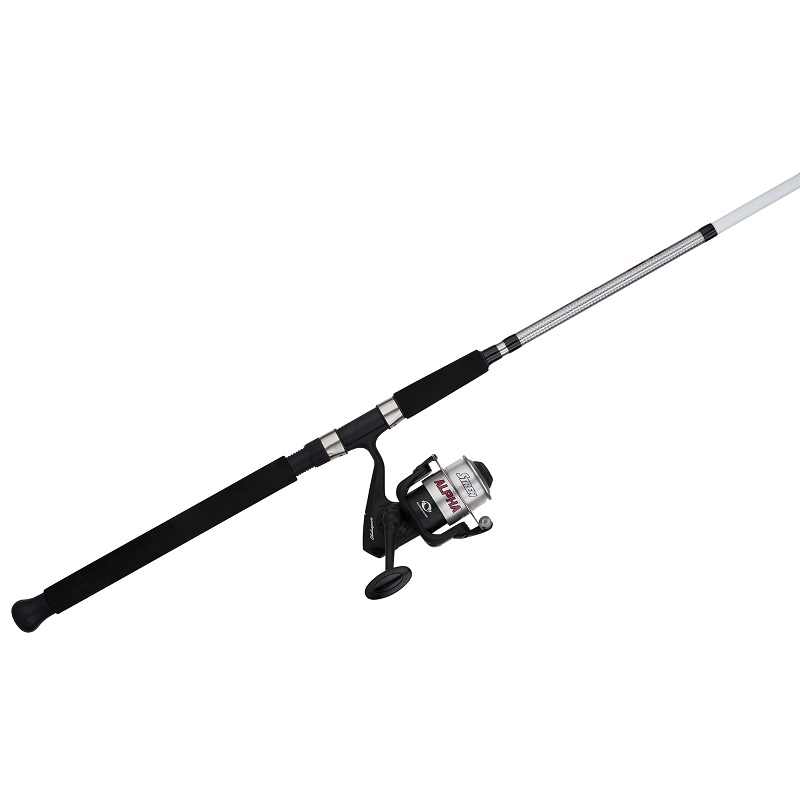
Choosing the Right Line
Types of Fishing Line
Selecting the right fishing line is crucial for your saltwater fishing pole setup. The three main types of fishing line are monofilament, fluorocarbon, and braid.
- Monofilament Line: This option is affordable and offers good stretch. Therefore, it’s ideal for beginners. However, be aware that it can weaken under water stress.
- Fluorocarbon Line: Known for its near invisibility underwater, fluorocarbon is excellent for stealthy presentations. Additionally, it is more durable than monofilament but tends to be pricier.
- Braid Line: Moreover, braid provides superior strength and sensitivity, allowing for better control of heavy catches. However, it has low stretch and visibility, which might spook certain fish species.
Line Weight and Test
The line weight and test refer to the thickness of the line and its strength.
- Light to Medium Lines: Generally, using a line with a 15-to-30-pound test is suitable for inshore fishing for species like snapper or flounder.
- Heavy Lines: For big-game fishing in deeper waters, use a line with a 50-pound test or more to manage larger species effectively.
Thus, selecting the right fishing line based on your techniques and target species is vital for a successful saltwater fishing experience.
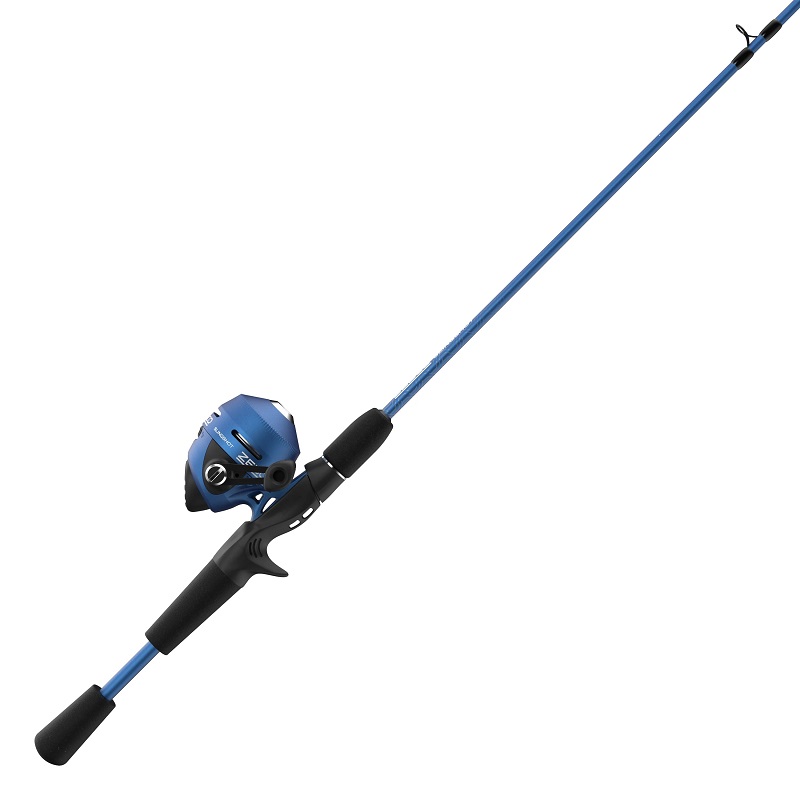
Setting Up Your Saltwater Fishing Pole
Basic Steps to Setup
Now that you have the right equipment, let’s go through the basic steps to set up your saltwater fishing pole.
- Attach the Reel: To begin, thread the reel onto the rod. Ensure it sits securely in place and aligns with the rod guides.
- Thread the Line: Next, run the line through the rod guides, starting from the bottom and working your way up. Ensure that the line flows smoothly without any tangles.
- Tie the Knot: Attach a hook or lure to the end of the line using a strong knot. The improved clinch knot is a popular choice due to its reliability.
- Set the Drag: Finally, adjust the drag setting on your reel to match the line strength and fish species you’re targeting. A proper drag allows for sufficient resistance while preventing line breakage during a catch.
By following these steps, you will have a properly set up saltwater fishing pole ready for use.
Common Mistakes to Avoid
While setting up your fishing pole, avoid these common mistakes:
- Overtightening: Avoid overtightening knots, as this can weaken the line and lead to breakage.
- Neglecting the Drag: Failing to adjust the drag system can lead to exhaustion for the angler and ultimately result in losing the catch.
- Ignoring Line Maintenance: Regularly inspect your fishing line for wear and tear, as damaged sections can cause lost fish.
Awareness of these pitfalls will improve your setup and greatly increase your chances of a great fishing experience.
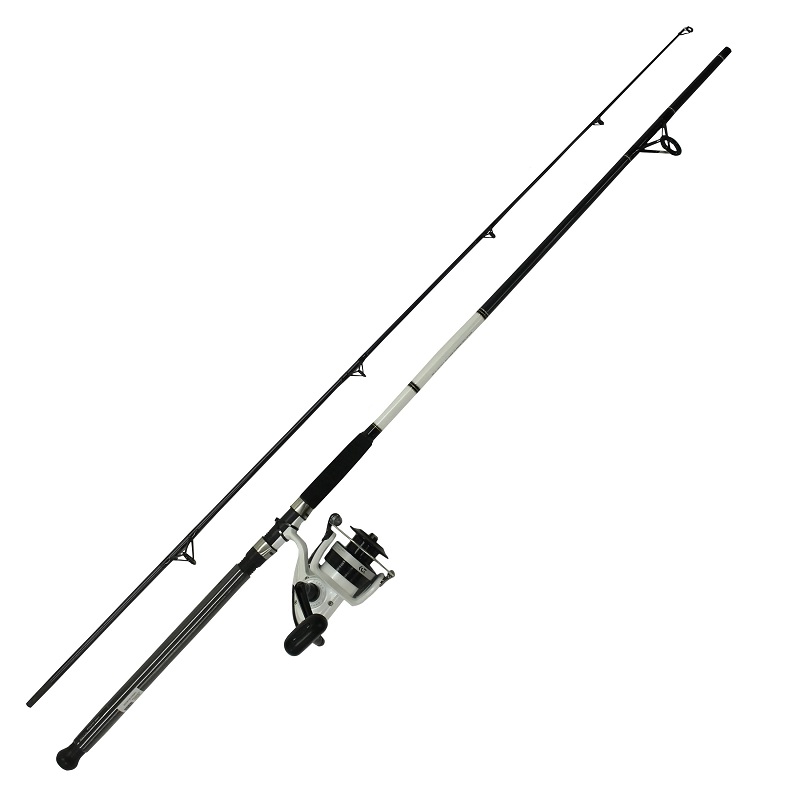
Essential Accessories for Saltwater Fishing
Additional Gear Requirements
In addition to your saltwater fishing pole, there are several accessories that can significantly enhance your fishing trip. These include:
- Fishing Tackle Box: To keep your fishing tackle organized, use a durable tackle box. Having your gear arranged will save time when retying and changing lures.
- Fishing Pliers and Scissors: Quick access to cutting tools is vital for removing hooks and adjusting tackle. Furthermore, pliers can assist in handling fish safely.
- Landing Net: A large landing net can help you bring in fish more easily, particularly when targeting larger species.
Investing in these accessories will undoubtedly streamline your fishing experience and prepare you for various scenarios on the water.
Safety Gear
Safety should always be a top priority when fishing. Therefore, consider including the following gear:
- Life Jacket: Always wear a life jacket, especially when fishing from a boat. This is essential for personal safety.
- Sun Protection: Use sunscreen, sunglasses, and a wide-brimmed hat to protect yourself from UV rays. This is particularly important for long days spent outdoors.
- First Aid Kit: Finally, keep a basic first aid kit on hand to address minor injuries or fishing-related accidents.
By including these safety items, you can enjoy your fishing adventures with greater peace of mind.
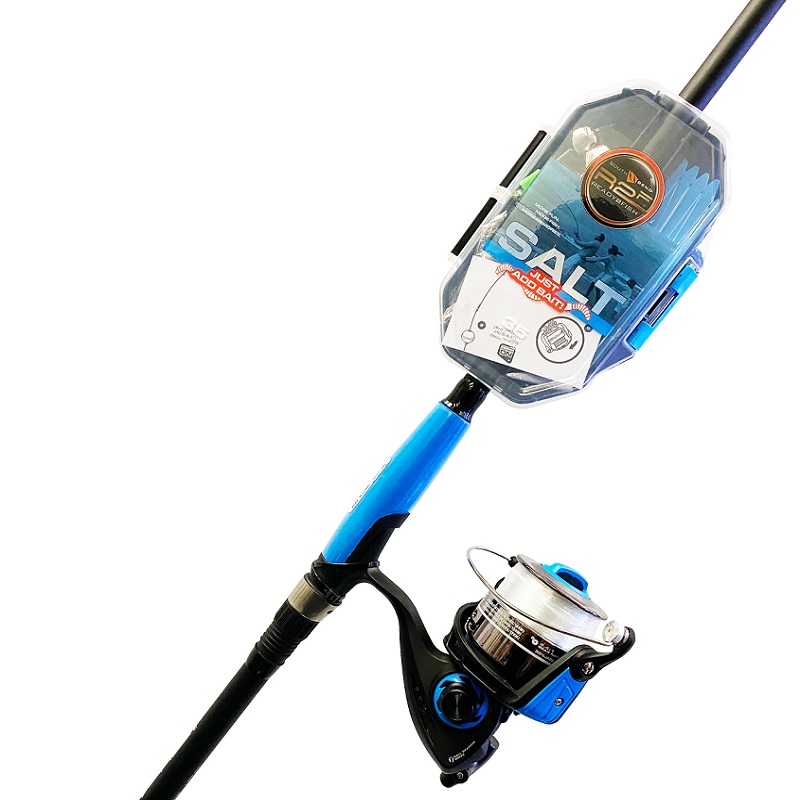
Tips for a Successful Fishing Trip
Research and Plan
Proper preparation is key to a successful fishing trip. Therefore, be sure to research the following:
- Local Regulations: Familiarize yourself with state and local fishing regulations, including licensing requirements and fishing limits.
- Best Fishing Times: Investigate the best times to fish in your area, as they often align with tidal movements and weather conditions. Typically, early mornings or late evenings can lead to the best results.
Patience is Key
Success in saltwater fishing often requires patience. It is important to take your time and learn from each experience.
- Observe the Environment: Watch for signs of fish activity, such as jumping fish or diving birds. This awareness can help you quickly identify the best spots to cast your line.
- Stay Flexible: Be willing to adapt your approach based on changing conditions. Changing your bait, location, or methods can greatly enhance your chances of that big catch.
Using these tips will significantly improve your overall fishing experience and contribute to your success on the water.
Conclusion: Get Ready for a Big Catch
Setting up your saltwater fishing pole is an essential step in preparing for a successful fishing trip. By selecting the right equipment and properly assembling your gear, you give yourself the best opportunity to enjoy a fruitful day on the water.
Additionally, keeping safety gear handy and following the tips outlined in this article will ensure a rewarding fishing experience. Whether you’re an experienced angler or a beginner, being well-prepared is key to reeling in big catches.
With that said, gather your gear, head to your favorite fishing spot, and get ready for an unforgettable adventure. With the right setup and knowledge, you’ll be well on your way to making unforgettable fishing memories!
